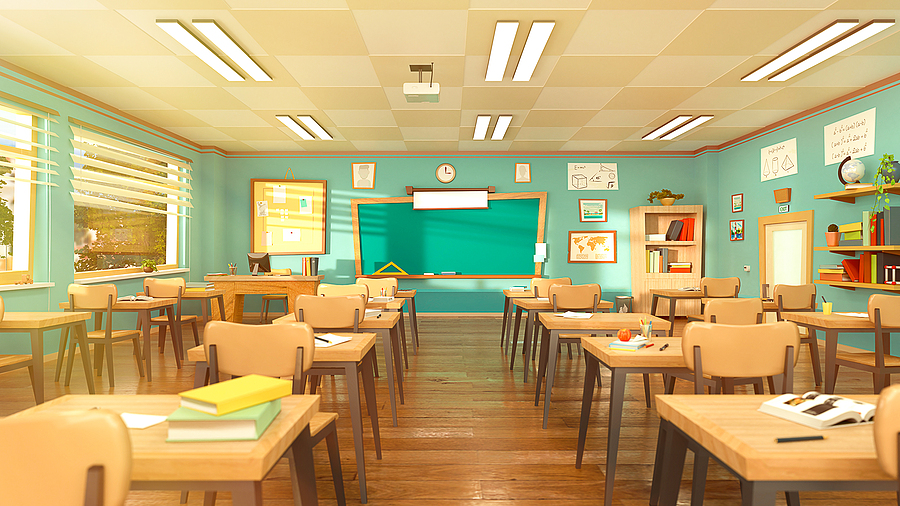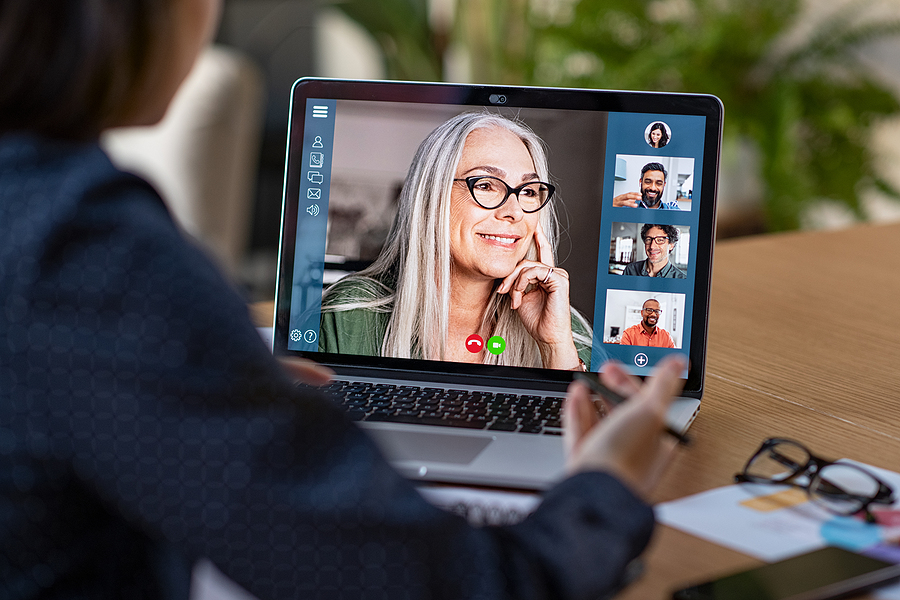If you’re a parent of a student, you probably already know that the state’s governor made the difficult call to shut down in-class learning for the remainder of the school year to lower the coronavirus risk. But while students are starting to get used to distance learning through a computer, can your kids expect to be back in the classroom come the next school season?
It will be a big challenge, if not an impossibility, says Kermit Ward, who is the superintendent of Clarksville Independent School District in Texas. That’s because the logistics of having hundreds of students under one roof while maintaining physical distancing are tough to navigate, he adds.
There are many things to consider when it comes to letting your kids stand shoulder-to-shoulder with other students in a school setting. That’s assuming the coronavirus is under control by then — current federal rules dictate schools can’t open unless there’s a two-week decline in related illnesses in the district.
Many Details to Sort Out
From the bus ride into the school, to classroom learning, to being in a cafeteria together, as well as following proper cleaning procedures, every step needs to be carefully planned. And that means you and your kids might need to get more comfortable with the current virtual model being in place for the long-term, says Kermit Ward.
The sudden shift to teaching kids online has school administrators scrambling to make sure the process goes smoothly. The problem with that is that in the meantime, it doesn’t leave a lot of time or resources to plan how to re-establish in-school learning. For example, a classroom’s physical size limitations mean that desks may not be able to be spaced far apart enough. It appears that every recommendation coming from the Center for Disease Control (CDC) does not fit very well into the school day.
There have been a few ideas already thrown around to accomplish re-opening Texas schools in the Fall. The three ideas that I hear the most is a continuation of what we are doing now which I think local communities across this country will tire of, an opening of the school year much like we have traditionally done which without a reliable and generally accepted vaccine for this will be difficult to pull off. The third option is the one that I can see occurring which is a half rotation of kids spending Monday and Wednesdays in school receiving instruction primarily in the core content areas and the other half of the students coming in and doing the same thing on Tuesday and Thursdays with teachers coming in on Fridays to get professional development in the area of distant learning. But nothing has been set in stone as of yet.
Virtual Challenges Recognized
School superintendents acknowledge the challenge for some kids in distance learning, as well as parents who find themselves suddenly in more of a teaching role while they are possibly still trying to juggle a job. In the meantime, schools are working hard to make sure distance learning improves across the board in case closures extend longer than anticipated, says Kermit Ward. Research has consistently and clearly demonstrated that the students most disadvantaged will fall further behind and thus the achievement gap could possible further widen.
Kermit Ward on Turning to Creative Solutions
However, there’s some indications that school districts in the state are cautiously moving back towards in-person collaboration, particularly for graduations. While many districts are hosting ceremonies online, at least one is trying something different — namely hosting at a much larger venue to allow for social distancing.
How the pandemic situation will look come next school year is anyone’s guess, says Kermit Ward. But school administrators continue to stay on top of the latest developments to devise a plan to ensure students get the education they need.
Image Source: BigStock.com (licensed)
Related Categories: Education, Health, Reviews








